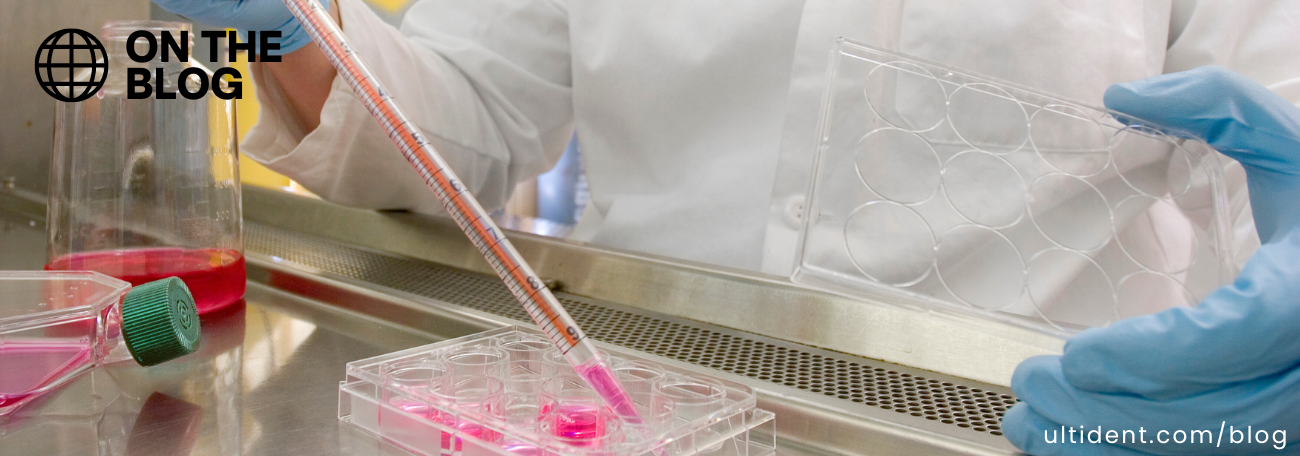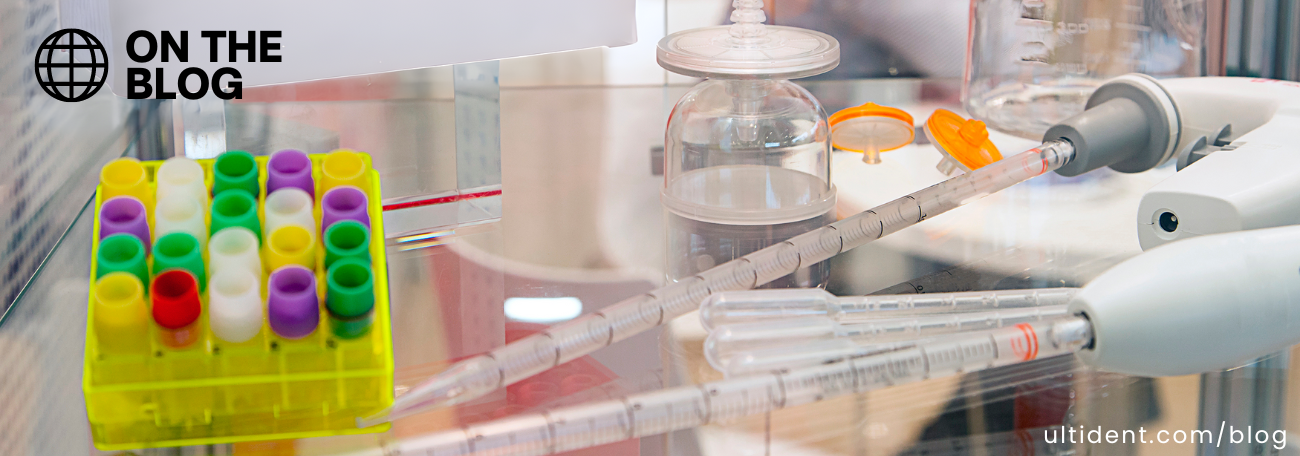Laboratory Ergonomics for a Healthy and Safe Workplace


Laboratory Ergonomics for a Healthy and Safe Workplace
Working in laboratories means we often undergo tasks that require us to be stagnant for long periods of time, sometimes in rather awkward positions. This can unfortunately result in injuries and/or stress disorders that can be persistent. However, having proper laboratory ergonomics readily available is the best way to prevent such injuries from occurring.
What Are Laboratory Ergonomics ?
Laboratory ergonomic principles were designed to minimize the injuries and stress disorders that manifest as a result of repetitive daily tasks or physically demanding tasks. The three most common ergonomic hazards in labs are; objects, environments and systems. These hazards can cause poor posture, unnatural or uncomfortable movements and difficult working conditions. Exposure to such hazards over a long period of time increases the risk of injury.
Common ergonomic risk factors in laboratories include:
- Awkward body postures: Holding a bent/unnatural position for a long period of time
- Repetition: Repetitive strain injury is one of the most common injuries which manifests as a result of performing the same motion over and over again with an insufficient recovery period in between
- Force: Applying pressure to the body over a long period of time, such as lifting, gripping, or pinching equipment
- Soft tissue contact stress: Pressure on soft tissues such as your hands and fingers
- Room temperatures: Cold temperatures can cause loss of dexterity, which worsens the longer you are exposed
Signs you are suffering from ergonomic injuries include; numbness, tingling, stiffness, cramping, loss of grip strength, limited range of motion, loss of dexterity and perpetuating pain. Symptoms that go away overnight are usually the result of physical fatigue. However, if the problem persists after a reasonable period of rest, it is likely the beginning of a more serious injury that can result in chronic pain.
Here are a few scientifically backed tips to help mitigate injuries and stressors caused by common laboratory tasks.
1- Stand Strong
- Wear comfortable, supportive shoes to help relieve stress that comes from standing for a long period of time
- Use an anti fatigue mat. Anti-fatigue mats are designed to make the body sway naturally and promote constant movement of the calves and leg muscles, promoting blood flow, which helps prevent fatigue and stiffness.
2- Prioritize Posture
- Use an adjustable chair/stool that allows you to always have your back rested against the chair and your feet rested either firmly on the ground or on an ergonomically friendly foot rest.
- Ensure you have legroom with adequate knee clearance. If you are sitting, you should have room for your legs to move freely. Make sure you have space to prop a foot up, as it relieves back pressure.
- Keep all work tools within reasonable reach, so not to strain your body repeatedly when gaining access to such tools. Frequently used items should be directly in front of you, less frequently used items should be no further than arm's length
- Avoid hunching over by adjusting your workstation. For light work, the station should be at elbow height, and 15 cm below elbow height for heavy work.
3- Rest Then Repeat
- Take frequent breaks to stretch, sit, and hydrate. Constant repetition can lead to stiffness. Stretching to promote blood flow and proper hydration will allow you to work longer with less adverse effects.
A Few Final Pointers:
- Space out your intensive tasks throughout the day to not over exert yourself- Keep your space organized to minimize unnecessary tension in the body
- Have proper lighting that does not strain your eyes, causing fatigue





